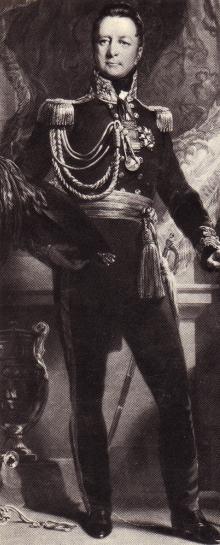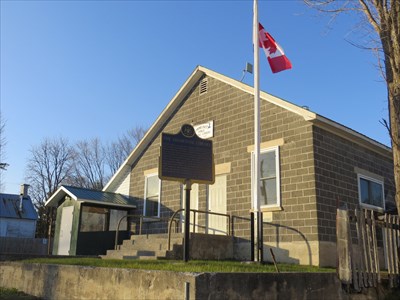This is a series dedicated to our love of history and the wonderful hobby of geocaching; once we saw that other cachers were enjoying our history-oriented caches, this series was the logical next step! Each cache in this series will tell you about a piece of Lanark Highlands history, including stories of the people and events which shaped this region. Once you have read about the history of the location, you will be able to feel the past around you as you explore the site and search for the cahce itself.
The caches range in difficulty and terrain, but they should all be quick finds. They are all in quite rural/treed locations where GPS accuracy is often questionable, but none are difficult hides and we have provided helpful hints it you need them. They are all traditional caches, except where ideal locations are inappropriate for a cache, in which case simple redirects are used. For each cache page, though we have written the story, much of the information and many of the photos are courtesy of the Lanark and District Museum; please do not reproduce the story or photos without consent from the author (Matt Stafford) or the Museum. We hope you have fun learning something new and interesting about each location you visit in the Lanark Highlands; happy caching!
The Dalhousie Library
The little village of Watson’s Corners has, surprisingly, several claims to fame. Among the most well-known to people in the area is its claim to be the ‘Kangaroo Capital of Canada,’ adopted after a resident claimed to have seen unusual animal tracks and to have spotted what looked like a kangaroo in the area. He was later interviewed about what he had witnessed, and the story gained a life of its own in the history of the village. Since his now infamous phrase, “I seen what I seen,” Watson’s Corners has embraced the unusual title of kangaroo capital on road signs and event advertisements; there is no shortage of light-hearted humour in this part of the Lanark Highlands!

The village was founded in 1821 as its first residents arrived from Scotland, having traveled to Canada aboard the ship ‘Prompt.’ It was initially named ‘Granny Cumming’s Corners’ after an elderly Scottish grandmother who had made the journey with her family, and was later renamed in honour of the village’s first innkeeper and postmaster, William Watson. In the early years of the village a man named Thomas Scott founded the St. Andrew’s Philanthropic Society to “promote a friendly relationship and mutual assurance in the case of illness or misfortune” among the village's residents. It was through this group that Watson’s Corners gained an important, though less known, historic title as the site of the oldest rural library in Ontario.

In 1828, the members of the Society decided they wanted to build a meeting place in the village, and some suggested that a library should be built to serve the settlers of the region. Lacking the funds (or the books) to attempt such an undertaking, the Society petitioned the Earl of Dalhousie, then the Governor-in-Chief of Canada, for help. The Earl was more than willing to help the people of this township named in his honour, sending 100 pounds sterling and many books to get the library started.
A log hall was built in 1829 to house the donated books and a room for the Society to meet. The library was instantly popular among the settlers, many of whom donated their own books until, by 1843, there were some 800 books in the collection including some of immense historical importance such as Edward Gibbons’ 'History of the Rise and Fall of the Roman Empire’ and lighter reading including works from Scott, Burns, and Dickens. Among the early subscribers to the library were the Right Reverend Charles Stewart, later the Anglican Bishop of Quebec, and Archdeacon John Strachan, later the first Anglican Bishop of Toronto.
The library was used by settlers throughout Dalhousie and the surrounding townships. Six times a year they made long journeys along difficult roads or through the bush to attend ‘issue day,’ when books would be returned and traded for others which would then be kept for the next two months. In addition to being the day to return and take out books, issue day also became an important social occasion in the region, a time to catch up and tell stories among neighbours one would likely not see until the next issue day.
The library exists today in the back of the Watson’s Corners Community Hall (behind the barred window that you can see near the cache), with books and artifacts from the village’s history along the original pine shelves built in the village in 1827. It contains a number of the library’s original books, including many of the 120 books stamped with the Earl of Dalhousie’s Coat of Arms and others that made the journey from Scotland to the Watson’s Corners area with their original owners. The Dalhousie Historic Library and Museum remains in Watson’s Corners, a reminder of the history held in this little village and the importance the rural library once had to the first settlers of the region over 150 years ago.

Check out the other caches in this series!